First of all, congratulations on your new family member! I recommend acquiring a crate, a front attaching harness, a hands free leash, a Kong and
other food dispensing toys, a treat bag, and some low calorie treats. With these items, you have everything you need to help your pup get off on the right paw.
For several weeks or even months your furry companion will be unsure of his new environment and will be on his best behavior – I call this the Honeymoon Period. As he adjusts, you may start to see certain undesirable behaviors arise. However, by properly establishing your bond with Fido, you can avoid this common phenomenon.
The crate: You’ve just rescued this pup from what can only be described as a doggie jail. How can you sentence him to further imprisonment? However, too much freedom too soon can cause stress which can manifest into separation anxiety. Destructive behaviors due to separation anxiety are one of the main reasons dogs are returned to a shelter. We want to set Fido up to succeed!
The front attaching harness is imperative for pups that haven’t been properly leashed trained. The EasyWalk pulls the pup off his center of gravity and is a humane solution that discourages pulling behavior in even the largest dog.
The remaining items are needed to teach your pooch that certain behaviors reap rewards and remember: What gets rewarded gets repeated! By using a pup’s kibble, you literally have 100’s of moments where desirable behaviors can be rewarded instead of serving up a ‘free meal’. Reserve treats as high value rewards in distracting situations. By keeping Fido close with the Buddy System, you won’t miss a good behavior or accidentally allow a problem behavior to occur. Use the Kong or other toy puzzles to feed them
the remainder of their kibble (in the crate) and keep their mind stimulated while you are absent.
By consistently rewarding behaviors that you want to
see (sitting for pets, loose leash walking, etc.), you instill good habits, impulse control and become the leader your pup can trust to guide him!
Cox authors ‘How to Safely Greet Dogs’
* Approaching by curving our walk to their side, so as not to be intimidating especially to a leashed dog.
* Approaching a service dog or a dog with a yellow ribbon on his leash. A yellow ribbon indicates the dog is sick or in training.
* Misjudging a dog’s distrust, even before a growl.
* Patting a dog’s head. (After meeting a dog, only gently stroke the dog’s side.)
Petz Carlton gives pets a home away from home
MADISON – A bad boarding experience for their pet Shih Tzu led Mike and Melissa Cox to open Petz Carlton, an alternative to traditional boarding.
“We integrate your pup(s) into our home and treat them like part of our family while you travel. We keep your pup’s normal routine and provide personalized care,” Mike said.
Petz Carlton hosts are trained “in canine body language and behavior” and certified in pet first aid and CPR by American Red Cross. Never isolated, pets constantly socialize with other pups under professional supervision.
See article at: https://www.themadisonrecord.com/2015/04/28/petz-carlton-gives-pets-a-home-away-from-home/
WAAY31 – Jillian Pavlica Interview
WAAY31 interview between Petz Carlton’s Mike and Melissa Cox and Jillian Pavlica
Life in Edgewater Sponsor Highlight
Have you ever had to leave your furry babies to go on vacation? It can be a stressful time for both pet and owner. What if there were a place where your dog could be as happy and stress free as if he/she were at home? Thanks to Petz Carlton this dream is now a reality! Whether your pooch needs a place to play for the day or for an extended stay, owners Melissa and Mike Cox have opened their home to your dogs for a happy stress free experience. Not only that, but they have stepped up the game to give spa experience and even fun photo shoots to pamper your dog to the extreme. They even send you Facebook updates to see what your pooch is doing while you are out of town.
Melissa and Michael Cox are both Alabama natives with a shared passion for man’s best friend. Melissa moved to Huntsville after graduating from the University of South Alabama and met Michael (a Madison native) after a co-worker recommended his construction company to Melissa for a kitchen remodel. Obviously things worked out well on that remodel, and they are married and expecting a baby this year. Melissa’ s father was a four time World Champion Dog handler and trainer, so I guess you could say loving dogs is in her blood. Melissa began keeping pets in her home to help her pay for college. After graduating she was pursuing a career in computer science, but then fate stepped into her and Michael’s lives. While on a trip the couple fell in love with a Shih Tzu they would name Lily, the only problem was they had a non-refundable trip scheduled the following week. They decided to board the puppy at the vet but worried the entire time! “Was she being let out enough?” “Would she remember us?” “What about her potty training?” Needless to say the trip was ruined and the experience inspired Melissa to re-open Petz Carlton. They have been happily in business ever since.
Petz Carlton is a unique place; it is the Cox’s home, not a kennel, no concrete and no artificial turf! When you bring your dogs to Petz Carlton, they conduct a professional and stress free meet and greet for you and your pet. They welcome their guests in their REAL home, and they are REAL dog lovers. Their pack includes: Izzy, an American Eskimo; Lily, a Shih Tzu; and last but not least is Kya, a two year old Irish Wolfhound with the gentlest personality I have ever seen in a large dog.
Petz Carlton has multiple locations to better serve the area. All Petz Carlton hosts are trained to have a professional understanding of dog behavior and to interpret canine body language. They offer not only personalized overnight care but professional techniques that build confidence and social skills in your pup. That is the Petz Carlton difference!
The Petz Carlton family is dedicated to their clients. They maintain continuing education to provide a better experience for you and your furry family. Visit their website www.petzcarltonpack.com for more information or to join the pack.
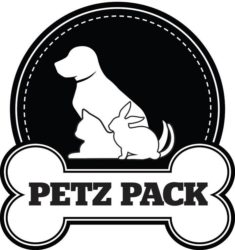
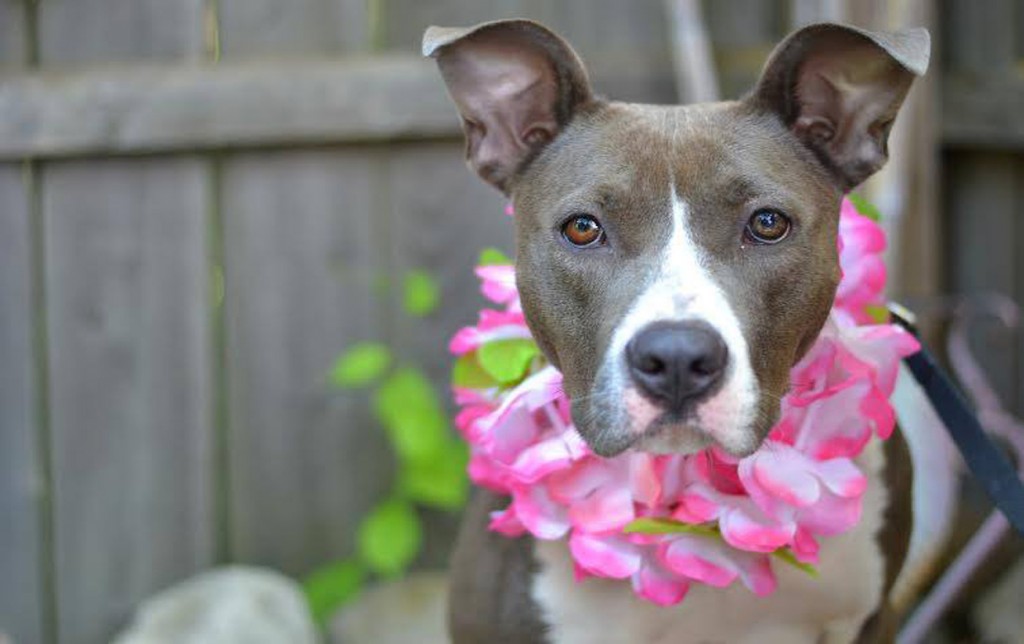
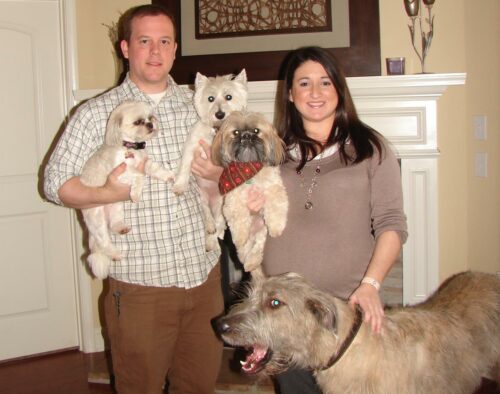
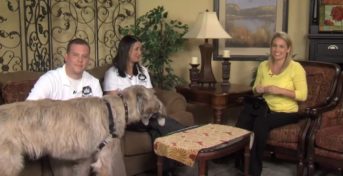
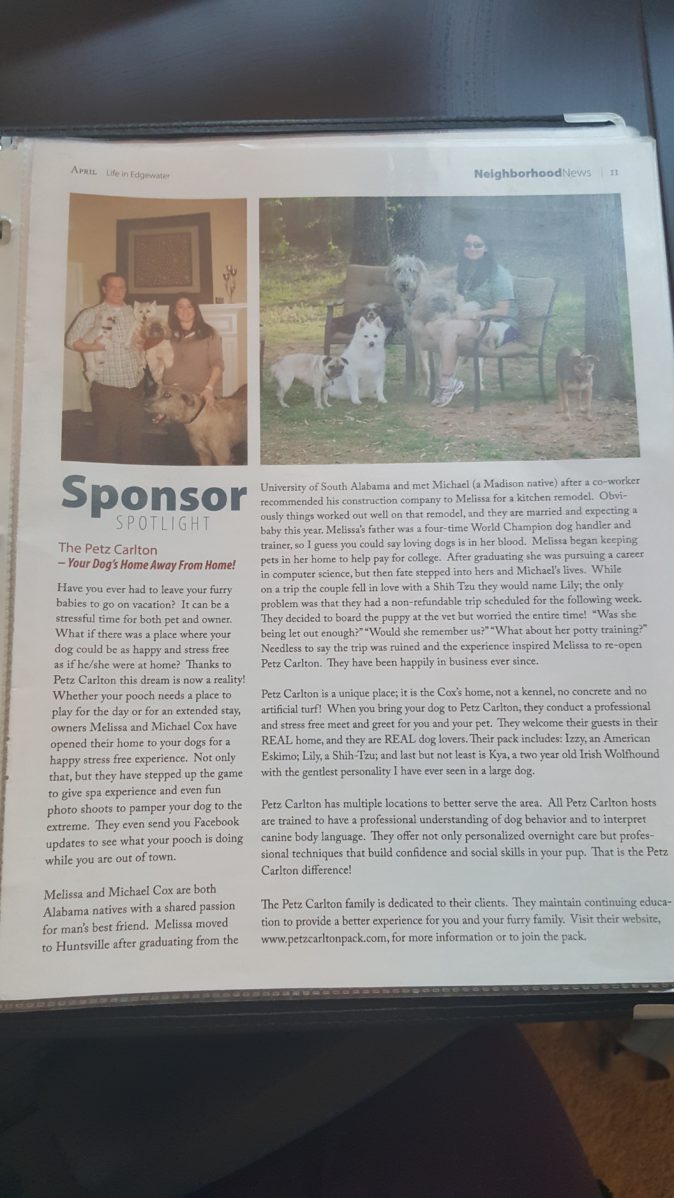
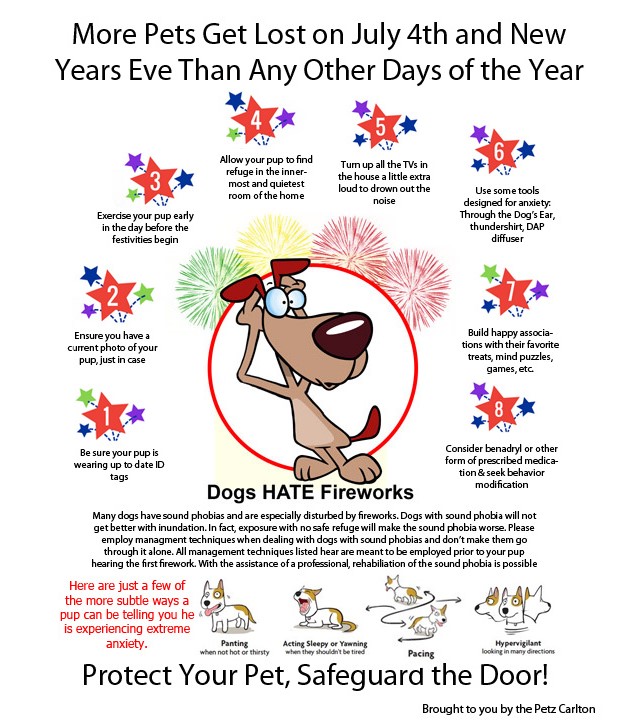

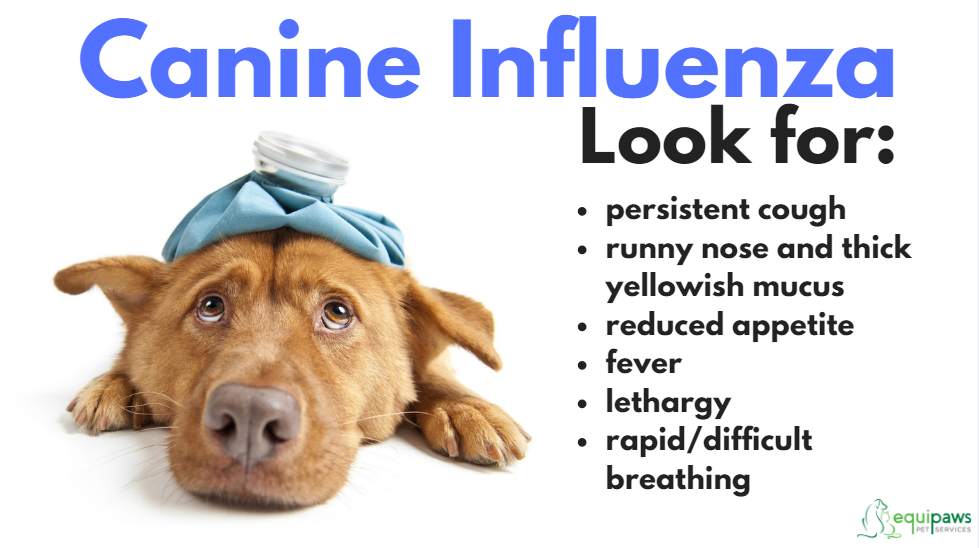
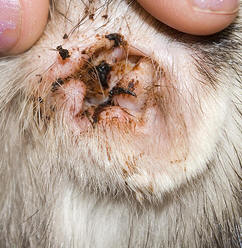
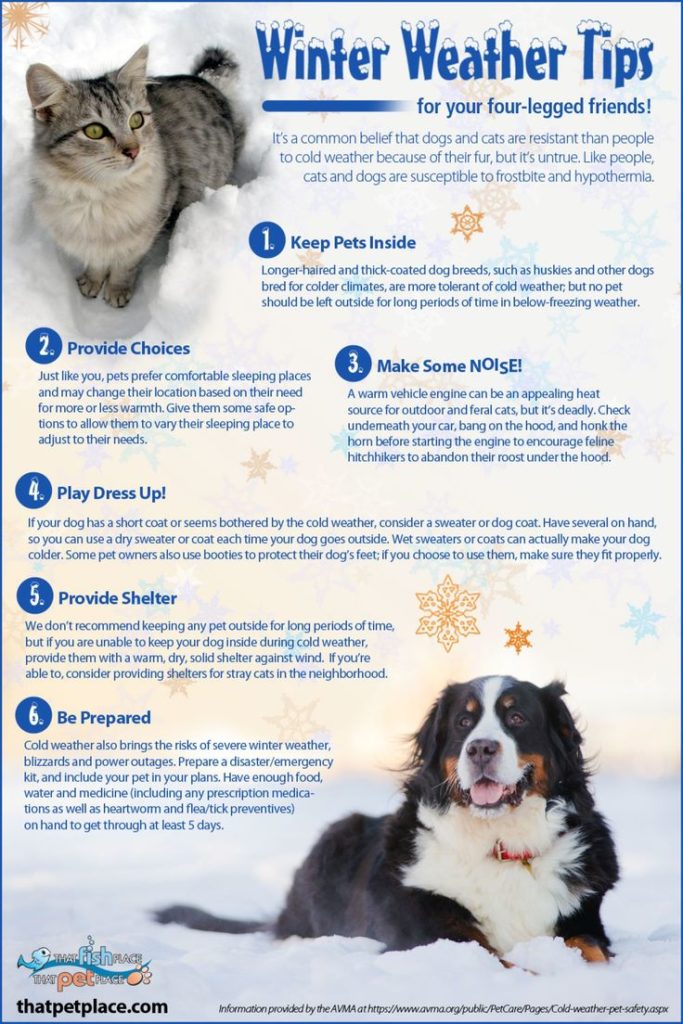
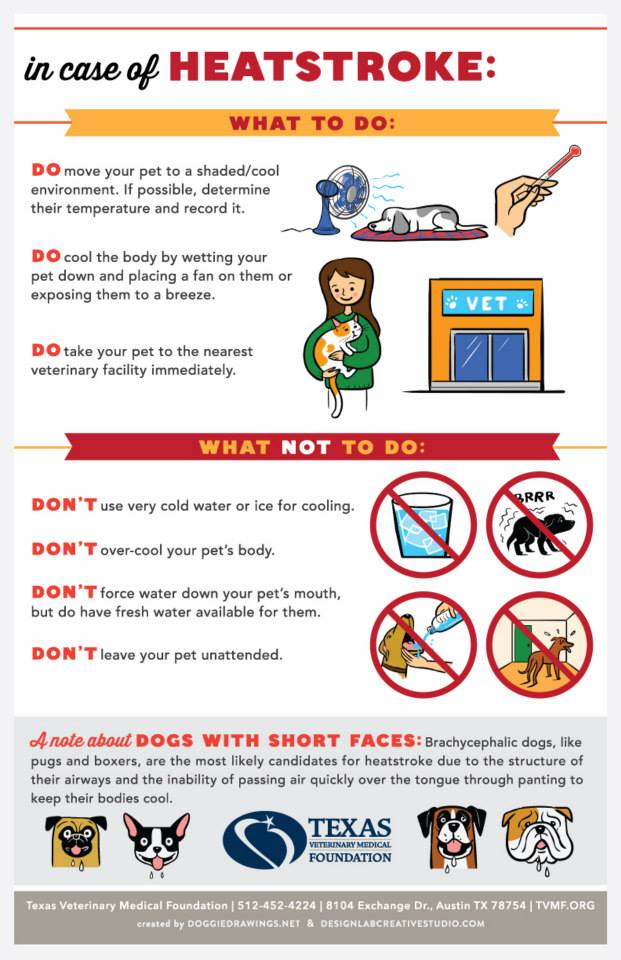

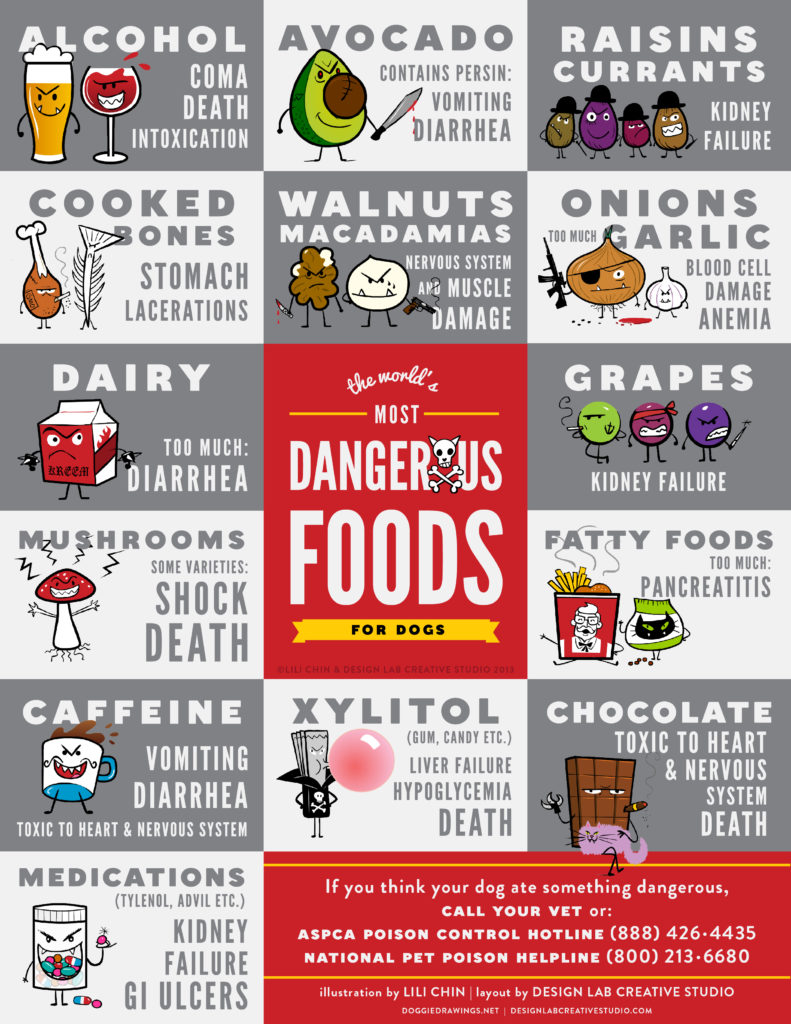
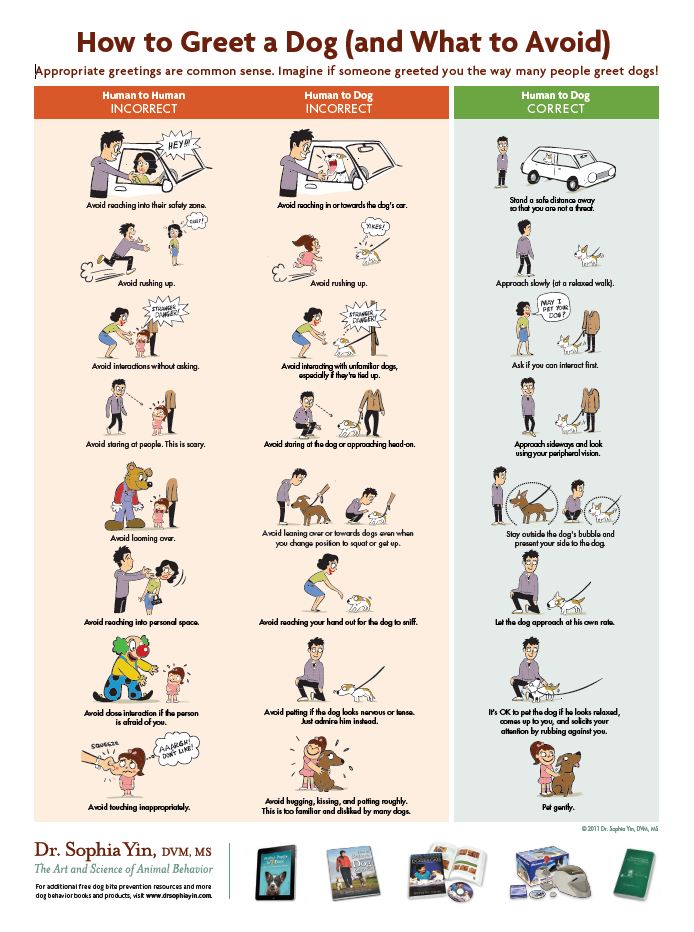
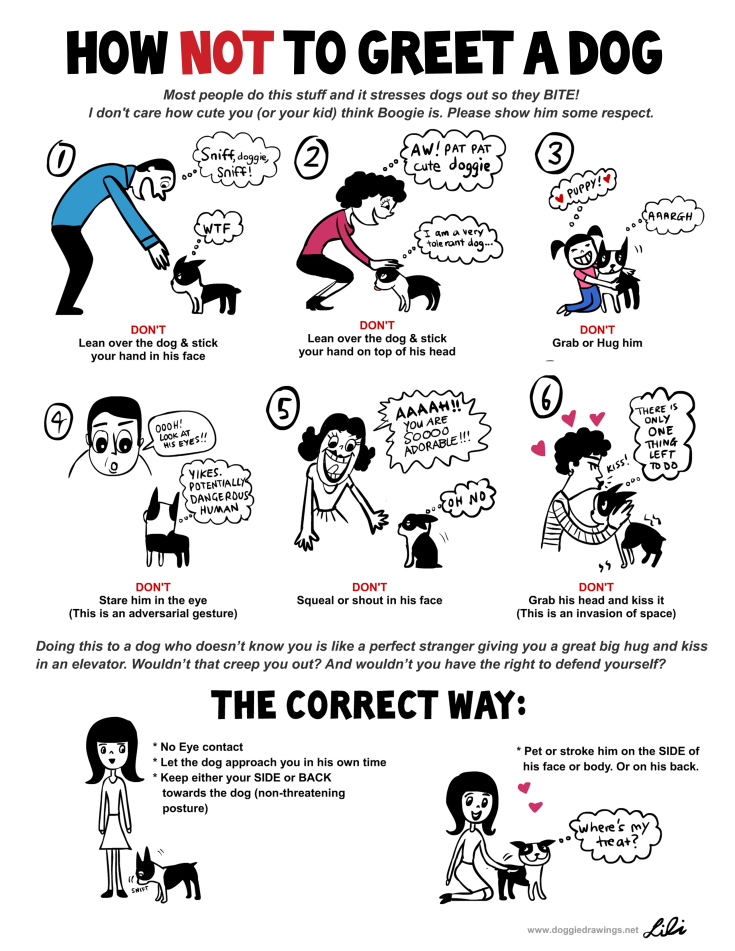


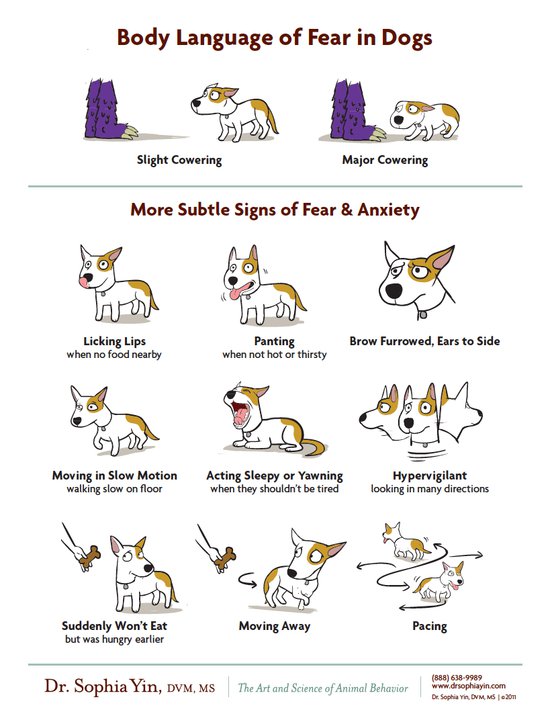




 This badge indicates that this host has created an emergency preparedness plan detailing steps to take in the event of a natural disaster at the host’s home.
This badge indicates that this host has created an emergency preparedness plan detailing steps to take in the event of a natural disaster at the host’s home. This badge indicates that your host has completed the steps necessary to ensure they are covered by Petz Pack’s 24 hour emergency protection plan .
This badge indicates that your host has completed the steps necessary to ensure they are covered by Petz Pack’s 24 hour emergency protection plan . I scored a A on all my canine body language and behavior quizzes
I scored a A on all my canine body language and behavior quizzes I have a certification in pet first aide and CPR. I can provide emergency care until veterinarian care can be acquired.
I have a certification in pet first aide and CPR. I can provide emergency care until veterinarian care can be acquired.